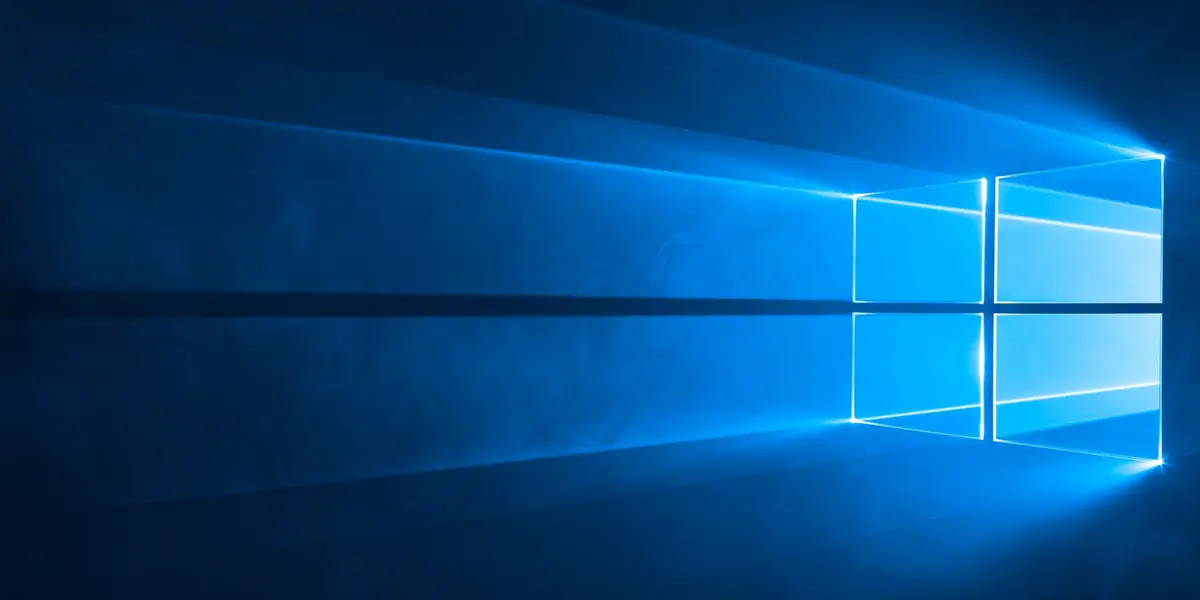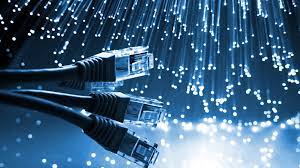Windows 10 is a great operating system, but it can be frustrating when certain features don’t work correctly. One common problem that people experience is the WiFi network not showing up on their computer. If this happens to you, don’t worry – we are here to help!
In this blog post, we will show you how to fix the problem and get your WiFi network up and running again.
We’ll also share some tips on how to prevent this issue from happening in the future.
So, let’s get started!
How To Fix Can’t See My WiFi Network in Windows 10
There are several reasons why your Windows 10 Laptop or PC might not be seeing your WiFi network the most common fixes are:
- Disable Airplane Mode
- Run Network Adapter Troubleshooter
- Turn on Network Discovery
- Set Proper Services Configuration
- Reboot Router
- Change SSID & Password on WiFi Router
- Update Wireless Network Driver Software
- Reinstall Wireless Network Driver Software
Fix 1 – Disable Airplane Mode
If your computer has Airplane Mode turned on, it will not be able to see any WiFi networks. To turn off Airplane Mode, go to the Settings app and click on “Network & Internet”.
Then, find the “Airplane mode” section and make sure that it is turned off.
Fix 2 – Run Network Adapter Troubleshooter
If your computer is still not seeing your WiFi network, the next thing to try is running the Network Adapter Troubleshooter. This troubleshooter is built into Windows and can help fix some common problems with WiFi adapters.
On your keyboard, press the Windows logo key and type network troubleshooter. To run the network troubleshooter, go to the list of search results and select Identify and repair network problems.
The network troubleshooter will automatically detect any network issues on your PC. Simply follow the instructions in the network troubleshooter and see if this problem can be resolved.
Check for a wireless connection – if it’s not there, continue to the next step.
Fix 3 – Turn on Network Discovery
If your computer still isn’t seeing your WiFi network, one thing you can try is turning on Network Discovery. Network Discovery is a Windows feature that allows your computer to see other devices on the network.
- Press the Start button, and in its search box, type Control Panel. From the search results, make a double click on the first result.
- In the new window that opens, select the Network and Internet option.
- On the next screen, select the Network and Sharing Center option.
- Next up, go to the new screen’s left pane that opens and select the option named Change advanced sharing settings.
- Under the Network discovery section, select the Turn on network discovery option and click on the Save changes button.
Restart your computer after saving the changes. If you’re still having trouble connecting to the network, go on to the next technique.
Fix 4 – Set Proper Services Configuration
If you’re still having trouble connecting to your WiFi network, the next thing you should try is setting the proper services configuration. This technique involves changing a few Windows settings and might require some technical knowledge.
We recommend that you follow these instructions carefully. If you’re not comfortable making these changes, we suggest that you skip this.
It’s the services that allow various processes and software to run at the appropriate moment. Some services are scheduled to start with Windows boot, while others are set up to begin when needed. You’ll need to make sure that the services required to detect and connect to Wireless networks are correctly configured in this approach.
On your computer, open the Services window. To do so, hold down the Win + R keys. This will launch the Run dialog box. In the Run dialog box, type services.msc then hit the Enter key.
Make sure the following services are active in the Services window that opens. The Status column of these services should be checked. For the following services, ensure that the Startup type is set to what is written in front of them:
- Network List Service – Manual
- Network Location Awareness – Automatic
- Radio Management Service – Manual
- Windows Event Log – Automatic
- Windows Update – Manual
- WLAN AutoConfig – Automatic
If the Startup type is not configured as specified earlier, you can do so by follow these steps: Right-click on the service and select Properties. In the Properties window, go to the Startup type dropdown menu and choose the option from before. After making your changes, press Ok.
After making sure the services are correctly configured, see if you can access wifi on your PC.
If the services were correctly configured or making the changes did not help, try the next fix.
If you are still having trouble connecting to your WiFi network after trying all of the above, please contact your ISP or router manufacturer for further assistance. Thanks for reading! We hope this blog post has helped you fix the problem.
Fix 5 – Reboot your Router
If you’re still having trouble connecting to your WiFi network, the next thing you should try is rebooting your router. This is a simple technique but it’s often effective in solving connectivity issues.
To reboot your router, simply unplug it from the power outlet and wait for a few seconds before plugging it back in. Once it’s back on, try connecting to the WiFi network again.
If you’re still having trouble after rebooting your router, go on to the next technique.
Fix 6 – Change SSID & Password on WiFi Router
If you’re still having trouble connecting to your WiFi network, the next thing you should try is changing your SSID and password on your router. This is a simple technique but it’s often effective in solving connectivity issues.
To change your SSID and password on your router, simply login to the router’s web interface and navigate to the WiFi settings page. From there, you can change the SSID and password to whatever you like. Once you’ve made your changes, try connecting to the WiFi network again.
If you’re still having trouble after changing your SSID and password, go on to the next technique.
Fix 7 – Update Wireless Network Driver Software
If you’re still having trouble connecting to your WiFi network, the next thing you should try is updating your wireless network driver software. This is a simple technique but it’s often effective in solving connectivity issues.
To update your wireless network driver software, simply go to the manufacturer’s website and download the latest drivers for your model of wireless network adapter. Once you’ve downloaded the drivers, install them and restart your computer.
After your computer has restarted, try connecting to the WiFi network again.
If you’re still having trouble after updating your wireless network driver software, go on to the next technique.
Fix 8 – Reinstall Wireless Network Adapter Driver
If the network adapter driver still isn’t working, you can try uninstalling and then reinstalling it. This will delete the current driver from your computer and then install a fresh copy of the driver.
To do this:
- Go to Device Manager > Network Adapters, select your network adapter from the list, right-click on it and select Uninstall.
- Once the driver has been uninstalled, restart your computer. Windows will automatically reinstall the network adapter driver after reboot.
After your computer has restarted, try connecting to the WiFi network again.
We hope that one of the above fixes has helped you to fix the problem of your WiFi network not showing up on Windows! You can try some other troubleshooting steps if you can’t find the wireless network adapter in Windows 10.
If you have any other questions or suggestions, please let us know in the comments below.
Thanks for reading!




